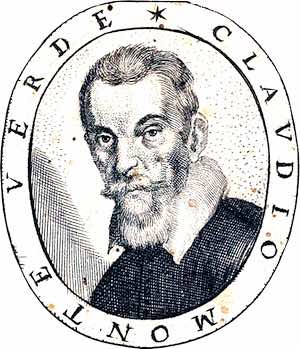Top > Other Musicians > Monteverdi
This site introduces unknown composer Emanuel Bach (C. P. E. Bach). This English version was translated from Japanese one by ChatGPT.
Monteverdi
Claudio Monteverdi (1567–1643) was a pivotal composer during the transition from the Renaissance to the Baroque period, marking a significant turning point in the history of music. Born in Cremona, Italy, he demonstrated musical talent from a young age. His opera *LʼOrfeo*, premiered in 1607, played a pioneering role in the development of the opera genre.
Monteverdi’s music is renowned for its expressive richness and embodies the contrast between two musical styles of the time: *Prima Prattica* (first practice) and *Seconda Prattica* (second practice). In his *Seconda Prattica* compositional technique, he prioritized the emotions and meaning of the text, boldly using dissonance and modulation beyond the traditional rules of polyphony. This innovative approach had a profound impact on the evolution of Baroque music.

In 1613, Monteverdi was appointed as the maestro di cappella at St. Markʼs Basilica in Venice, where he composed numerous sacred and secular works. His *Vespro della Beata Vergine* (Vespers of the Blessed Virgin) stands as a masterpiece of sacred music, blending Renaissance and Baroque techniques. In his later years, he also composed the opera *Lʼincoronazione di Poppea* (*The Coronation of Poppea*), solidifying his significant role in the history of opera.
Monteverdi’s works pioneered the dramatic and emotionally expressive style of the Baroque era, influencing many composers. His music continues to be performed worldwide, underscoring his enduring importance in music history.
Site search by Google
Upper< Lower> items
< Other Musicians> Seconda Pratica
> The Use of Dissonance – Mozart, Monteverdi, and Others